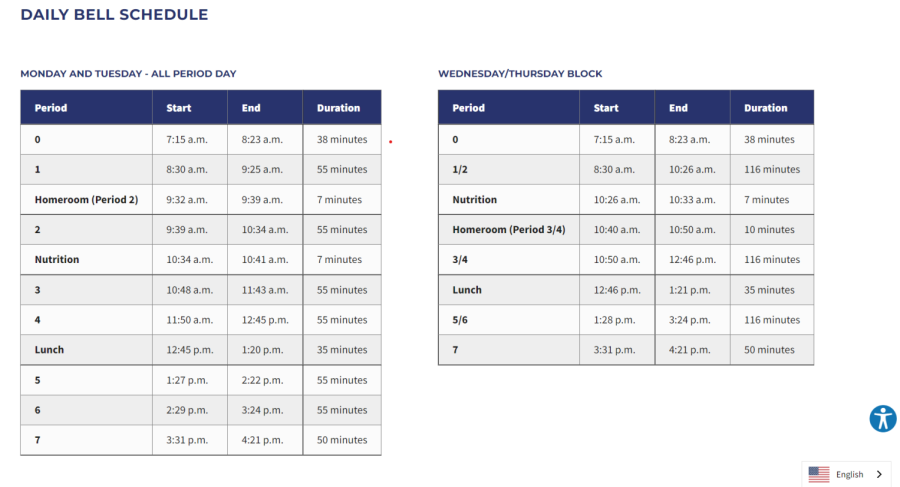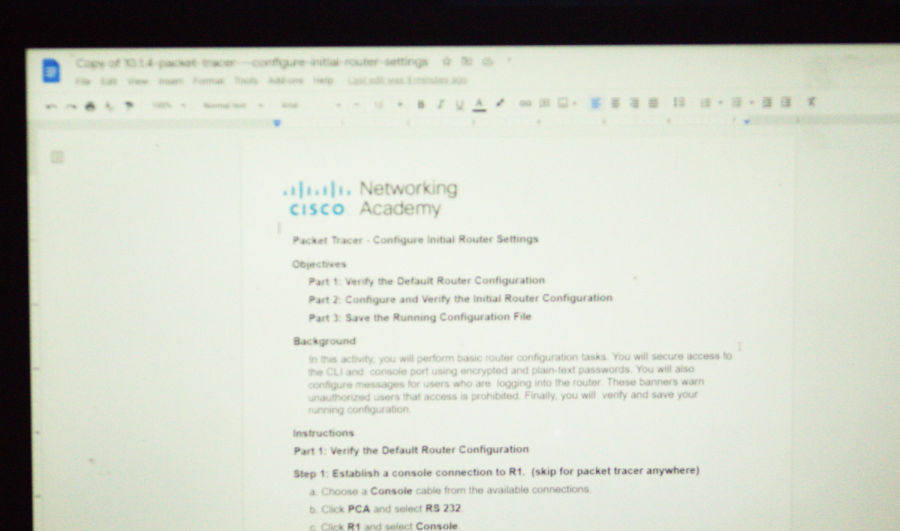By Students, For Students: General Tips to Keep in Mind During the SAT
Majority of high school students take the SAT so here are some tips to keep in mind while taking the exam.
Here are some very general SAT tips that can be applied to a practice SAT or the real deal.
1. Use process of elimination to narrow down your choices, but make sure you have solid reasoning behind your elimination choice.
Process of elimination drastically increases the probability that you get an answer correct. The math is simple. If you guess on a question without eliminating any answers, you have a 25% chance at getting the question right. Eliminate one and you are up to 33%; eliminate two and you are up to 50%. There will be a more in-depth explanation in a future article.
2. Do not change your answer unless you have a confident reason behind it.
A lot of students often change their answers before the end of the test for reasons such as “This answer sounds better” or “This answer looks correct.” However, changing your answer may not be a good idea, especially if you do not have a reason behind it. If you decide to change an answer, make sure you are doing it for a valid reason, not because you are questioning yourself. Perhaps you are about to change an answer for a math question. Do you have proof that the response you initially chose was incorrect? In other words, only change your answer if you know your original answer was wrong.
3. Skip questions that you cannot answer. After you answer every question in the section, go back and attempt the skipped question(s).
Remember that you have a time limit per section so spending too much time per question will not improve your score. Also, remember that each question is worth the same (in terms of the raw points available). Thus, the question that you are spending lots of time on but you cannot seem to figure out will potentially cost you more points than if you skipped it and came back later.
If you skip a question, you should mark the question you skipped on the answer document. When you have finished the section, review your answer document and go back to any questions that you marked. Make sure to erase any extra marks fully to avoid getting correct answers marked as incorrect.
4. Transfer your answers from your test booklet to your answer document in bulk (not one-by-one).
A lot of students tend to answer a question and then transfer their choice to the answer document. While there is no problem with doing this, I consider this to be somewhat inefficient. I normally do all the questions on a page or two and then transfer the answers. This allows you to concentrate on the questions at hand (especially if it is the Reading or Writing section, where you are given a passage) and improves efficiency overall.
If you can manage it, you should try to bubble all your answers after you finished the section. To do this, simply focus your energy and time on the answer booklet, marking answers as you move along. When you finish the section, go back and fill in the bubble on your answer document corresponding to the answer you marked on the booklet.
5. Take your time on each question (i.e. pace yourself).
The SAT seems to be designed in such a way that allows students to rush through the questions, often with “confidence.” As said, you are given lots of time per question. The idea is (especially for the Reading & Writing section) that you immerse yourself in the passage and then answer the questions. By rushing, you open yourself up to preventable mistakes.
Always remember to stay calm and level-headed during the test. Good luck!

Hi, my name is Edward and I am a junior this year at Cam High. I joined The Stinger to gain new experiences, and I hope to make the best out of this year....

















































































![Senior Ditch Day... Relaxation or Truancy? [Video]](https://achsstinger.com/wp-content/uploads/2017/10/IMG_7119-900x599.jpg)
![Heavy Rain Hits Cam High [video]](https://achsstinger.com/wp-content/uploads/2017/02/maxresdefault-900x506.jpg)



